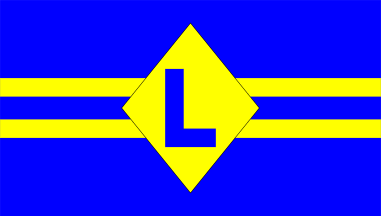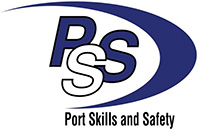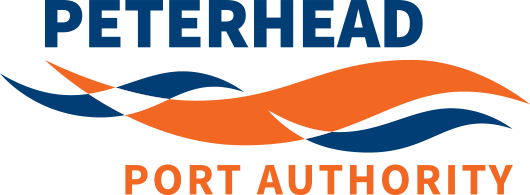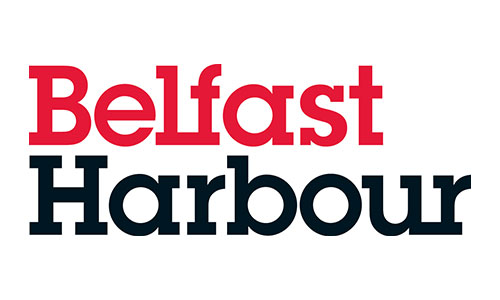How long does a pilot ladder need to be? It might seem like a strange question but we commonly find vessels we take under our pilot ladder management service have some seriously weird ladders.
How Long Should A Pilot Ladder Be?
So what do the regulations say. Well SOLAS is our main guide here, which tells us we need a pilot ladder when the climb is greater than 1.5m but the climb can never be more than 9m above the waterline. It further advises that when the climb is greater than 9m the accommodation ladder is used in conjunction with the pilot ladder to create the ‘combination rig’ and that in these circumstances the pilot ladder needs to extend at least 2m above the platform of the accommodation ladder. Beyond this all we need are side ropes so it is common to find the ladder terminates at this point and then the vessel has rope tails consisting of two manilla side ropes that make up the difference since there is no sense in having steps that never get used.
The part that seems to cause the confusion amongst naval architects is contained in section 3 ‘Transfer Arrangements’ which reads
3.3.1.4 the single length of pilot ladder is capable of reaching the water from the point of access to, or egress from, the ship and due allowance is made for all conditions of loading and trim of the ship, and for an adverse list of 15˚
So the regulation here states that the pilot ladder must effectively be long enough so that in the event that the vessel wishes to board a pilot when she has a 15˚ list whilst also being at her lightest possible draft the ladder needs to reach from the ships access point to the waterline.
In a ship where the climbs are never greater than 9m it may mean that they need a longer than anticipated pilot ladder. For example on a ship where in her lightest condition the climb from the waterline would be 7m she may need an 8m ladder to allow for adverse list such that the ladder is still capable of reaching the waterline.
However, and this is where the issue arises, in a ship that in her lightest draft would need to rig a combination ladder, the adverse list does not overrule the regulation stating a pilot can never climb more than 9m. Therefore in this adverse list condition the tails need to be long enough that the pilot ladder can still reach the waterline but the ladder component still only needs to be 9m + 2m (minimum). In this case the accommodation ladder will need to be lower to give that 9m maximum climb and in able for the pilot ladder to lie adjacent to the accommodation ladder there will need to be suitable deck and ship side securing points to make the pilot ladder secure to the deck and ships side and for the accommodation ladder to be secured to the ships side. In these unusual circumstances securing magnets and pneumatic securing pads are an ideal method of securing the ladders to the ships side.
What we do find on some ships drawings are that in order to comply with the 15˚ rule they require incredibly long pilot ladder that clearly disregard the 9m climb limit.
In the naval architects drawings the accommodation ladder stays in the same position it would for the vessels normal operating drafts and an extra long (in some cases 20m long) ladder is used to reach the waterline. If used these arrangements would require pilots to be climbing up to 17m! Clearly not only a contravention of SOLAS V/23 3.3.3.1but also potentially incredibly dangerous.

In vessels where we manage their pilot ladder arrangements we only ever buy a maximum ladder specification of 12m and then purchase suitable tails such that the ladder can reach the waterline in all conditions, including the adverse list requirement.
Its knowledge such as this that allows us to save our clients money by not buying unnecessarily long ladders with all the wasted components that are simply not required. Not only that but it makes life much easier on the winch, increasing the working life of the winch motor and reducing breakdowns.
Our end to end pilot ladder management service is our ‘white glove’ experience that takes all the stress and administration out of managing a fleets pilot ladders. Our service is saving shipping companies thousands of dollars every year and coupled with our comprehensive pilot training prevents delays, PSC inspections and possible detentions.















